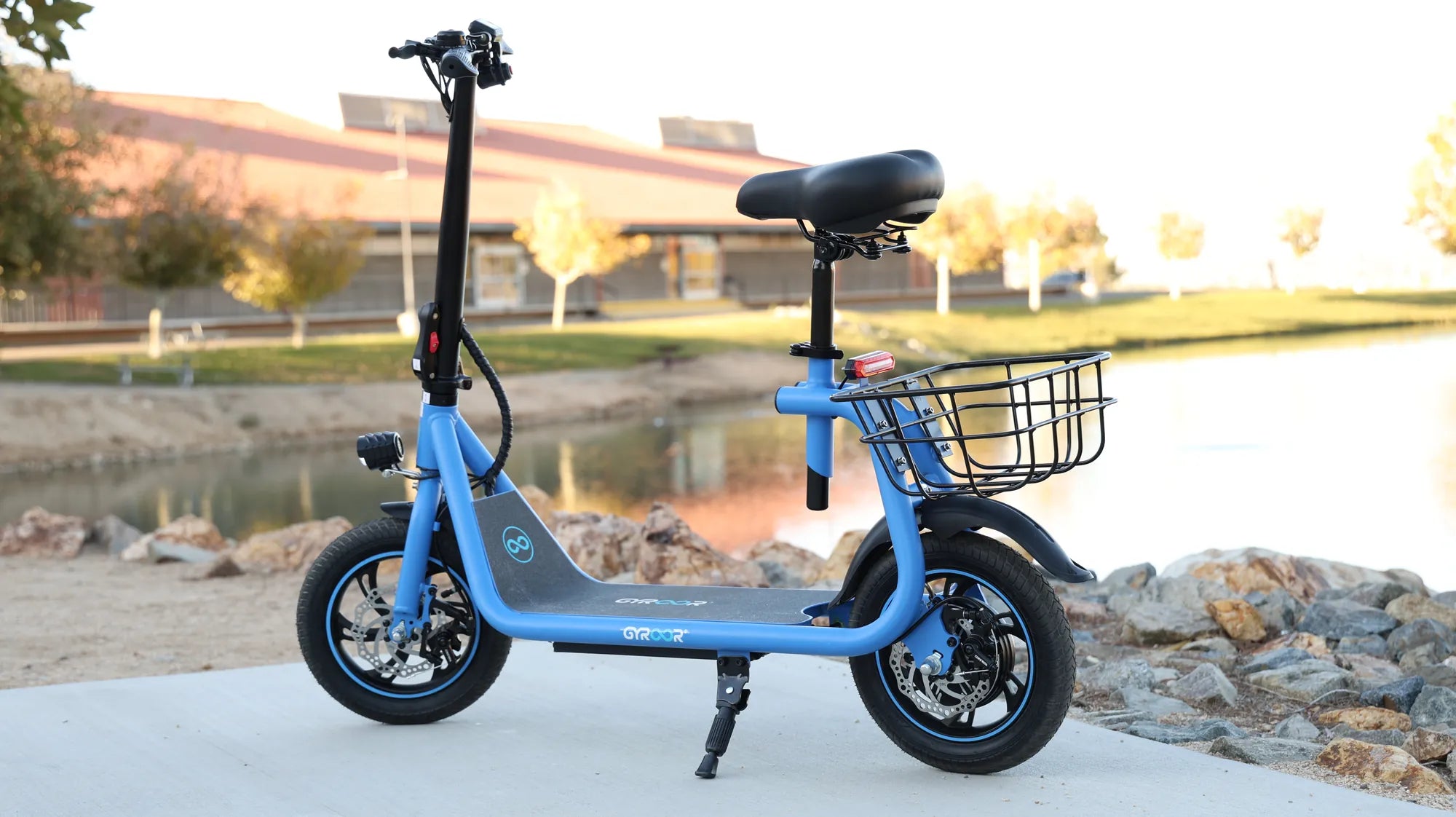Electric scooters have taken urban transportation by storm, offering a convenient and eco-friendly way to zip through city streets. But one question looms large for riders: Can you ride electric scooters on the sidewalk? The answer isn’t always straightforward, as laws vary by location, and safety concerns add another layer of complexity. Whether you’re a seasoned rider or a curious newcomer, this guide will help you navigate the rules and make informed decisions.
Understanding the Laws and Regulations
When it comes to riding electric scooters on sidewalks, the rules depend largely on where you live. Many cities and countries have specific regulations governing where e-scooters can and cannot be ridden. Here’s what you need to know:
- Local Ordinances: Some cities explicitly ban e-scooters from sidewalks, requiring riders to use bike lanes or roads instead. Others allow sidewalk riding but impose speed limits.
- State or National Laws: In some regions, electric scooters are classified similarly to bicycles, meaning they must follow the same traffic rules. This often excludes them from sidewalks.
- Penalties for Violations: Riding where it’s prohibited can result in fines or even confiscation of your scooter. Always check local laws before heading out.
Safety Concerns of Sidewalk Riding
Even if your city permits sidewalk riding, it’s not always the safest option. Here’s why:
- Pedestrian Traffic: Sidewalks are designed for pedestrians, and scooters moving at higher speeds can create hazardous situations, especially in crowded areas.
- Uneven Surfaces: Sidewalks often have cracks, bumps, or obstacles that can destabilize a scooter, leading to accidents.
- Limited Visibility: Riding on sidewalks increases the risk of collisions at driveways or intersections where drivers may not expect fast-moving scooters.
Best Practices for Responsible Riding
If you must ride on the sidewalk, follow these tips to minimize risks:
- Slow Down: Reduce your speed to match pedestrian traffic and be prepared to stop suddenly.
- Yield to Pedestrians: Always give right-of-way to walkers and signal your intentions clearly.
- Use Bike Lanes When Available: Whenever possible, opt for bike lanes or shared paths instead of sidewalks.
- Wear Protective Gear: Helmets and knee pads can prevent serious injuries in case of a fall.
Alternatives to Sidewalk Riding
If sidewalk riding is restricted or unsafe in your area, consider these alternatives:
- Bike Lanes: Many cities have designated bike lanes that are safer and more efficient for e-scooters.
- Quiet Streets: Low-traffic residential streets can be a good compromise if bike lanes aren’t available.
- Public Transportation: Some transit systems allow e-scooters on buses or trains, making it easier to combine rides.
The Future of E-Scooter Regulations
As electric scooters grow in popularity, cities are continually updating their policies to accommodate them. Advocacy groups are pushing for clearer laws and better infrastructure, such as dedicated scooter lanes. Staying informed about these changes will help you ride legally and safely.
Riding an electric scooter can be a fun and efficient way to get around, but knowing where you’re allowed to ride is crucial. By understanding the rules, prioritizing safety, and exploring alternatives, you can enjoy your ride without putting yourself or others at risk. So, before you hop on your scooter, take a moment to check the local regulations—it could save you from a costly ticket or a dangerous accident.

Share:
High Speed Electric Scooters: The Future of Urban Mobility
Really Fast Electric Scooters: The Future of Urban Mobility